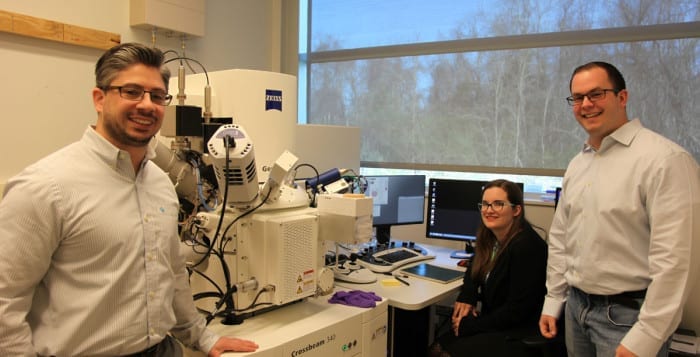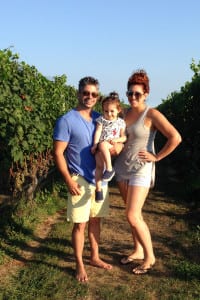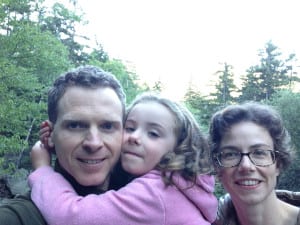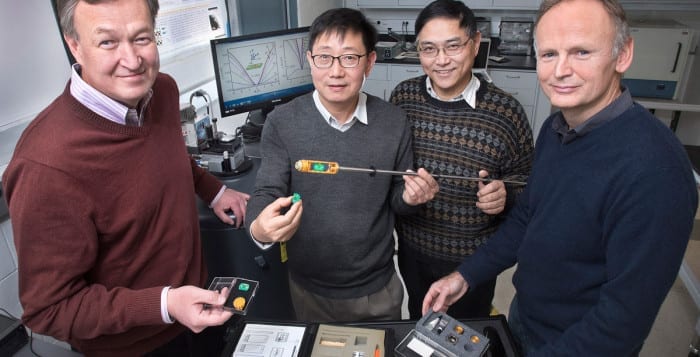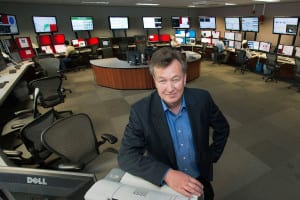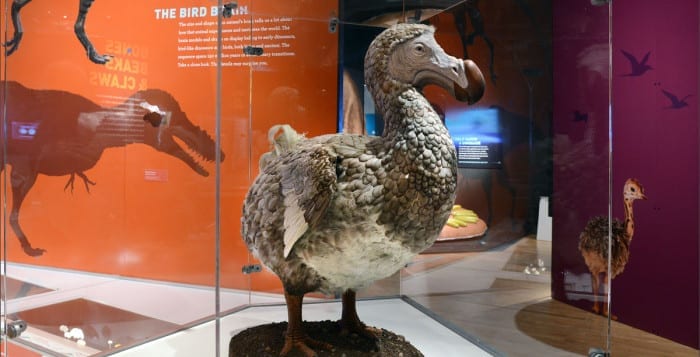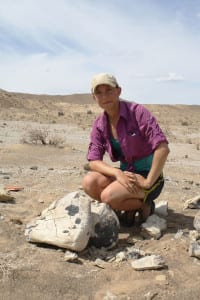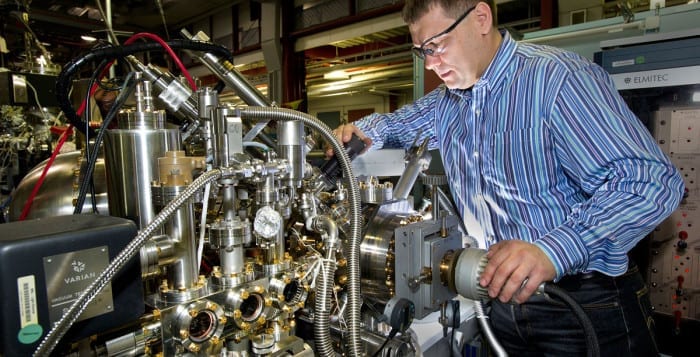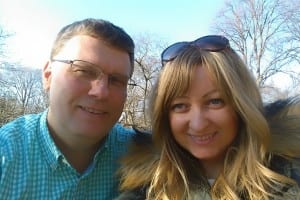Forgive me for smiling. In my head, I see a face. It could be the face of a mother, father, sister, brother, neighbor or even the face in the mirror.
I think of all the range of expressions and emotions from that face. It can be ecstatic that a son or daughter was born, it can be pushing hard to bring that baby into the world, it can be straining with all its might to cross a finish line — or it can be waiting anxiously at an elegant eatery for an eHarmony date to appear while trying to appear casually indifferent.
With my quality time often involving my wife and children, I picture the faces of the parents who attend a concert or sporting event, while also envisioning the faces of the kids battling against each other, the clock, their instruments or some confounding assignment.
The part about the faces that’s bringing a smile to my own is envisioning a scrambler button, mismatching the words and expressions to the situation. Instead of a face and tone that showed rapturous glee after getting a ticket to a live performance at Madison Square Garden, I’ve imagined that same elation at the beginning of a class.
“Yes, children, please put your notebooks away,” a teacher might say. “We have a surprise quiz today.”
“Oh, seriously? That’s awesome. Oh, man. I can’t wait to tell my friends on Snapchat that we got a surprise quiz. This is the best. I mean, we sometimes have regular quizzes that we know about in advance, but a surprise quiz is a huge bonus. I imagined surprise quizzes when I was younger, but this is the real thing. You are the absolute best teacher I’ve ever had and I’m sure I’ll remember this quiz for a long time.”
Now, I know those of you with adolescent children can hear sarcasm in that conversation. I prefer to imagine unbridled enthusiasm.
The scrambler button may be used in different circumstances.
Perhaps our boss described our work as “moronic.” Let’s dial in the goofy uncle trying to get a nephew to giggle.
“Oh, yeah, who’s a great boss?” you might say as your voice rises. “Come on. Who? Oh, wait, where’d you go?” you ask, as you cover your eyes. “Where’s that great boss of mine? Did you disappear? Where’s the boss? Where is the most spectacular boss anyone has ever seen? There he is … peekaboo!
If you’ve ever been to a volleyball tournament, you know that even the most stoic and reserved girl screeches through the match. The team comes together after each point in the center of the floor, putting their arms around each other and congratulating themselves.
“Ladies and gentlemen, your train is delayed due to switching problems,” an announcer might say over a loudspeaker to a group of commuters.
“Yeah, cool,” the commuters might scream as they come together in a circle of delight on the platform, tossing their briefcases to the side and jumping straight up in the air and pumping their fists.
Or, perhaps, you’re an enthusiastic coach and you’ve asked your child to pass the salt.
“Good job, kid, good job,” you might say in a voice that’s way too loud for an indoor meal.“Now, keep the salt in your right hand. Stay balanced. Focus only on the salt. Don’t shake it, don’t think about not shaking it or you’ll start to shake it. Now, ease it over here. Way to go, kid, you’re doing great. You’re almost there — that’s some great clutch salt passing. Now, after the meal, don’t forget to shake hands with the pepper and tell it that you had a good meal.”

